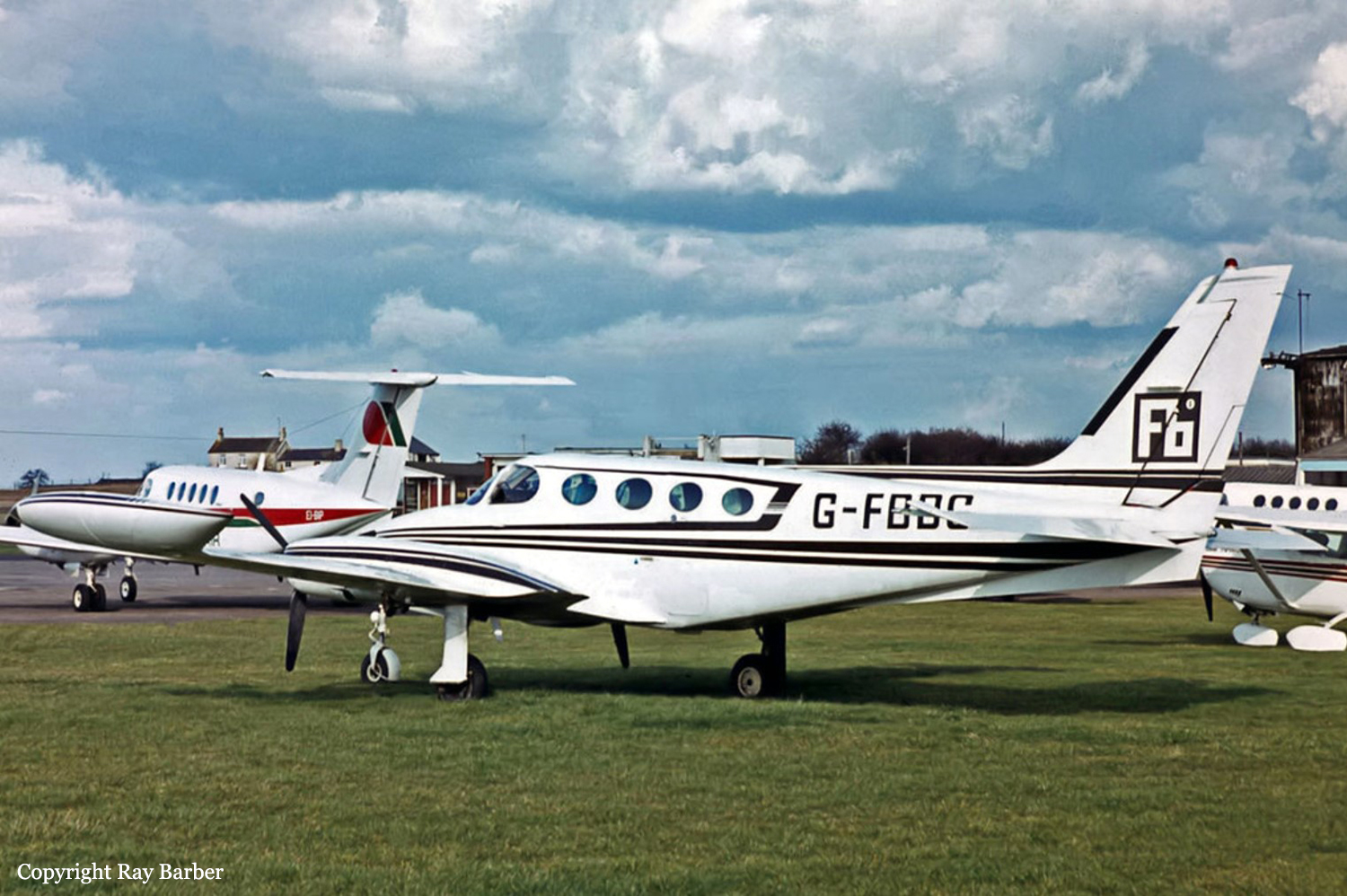Crash of a Cessna 340A near Bailey: 1 killed
Date & Time:
Oct 21, 1987 at 1135 LT
Registration:
N4132G
Survivors:
No
Schedule:
Denver – Buena Vista
MSN:
340A-0303
YOM:
1977
Crew on board:
1
Crew fatalities:
Pax on board:
0
Pax fatalities:
Other fatalities:
Total fatalities:
1
Captain / Total hours on type:
364.00
Aircraft flight hours:
2146
Circumstances:
The aircraft crashed on the side of a mountain during visual meteorological conditions. The pilot had been in voice and radar contact with air traffic control until the aircraft disappeared from radar. The pilot reported severe turbulence and a rough running engine to ATC as he was nearing a mountain pass. The pilot stated that he thought the rough running engine was due to fuel contamination. A witness reported that the pilot had said the fuel had contained a lot of water. The pilot reported to ATC that he had just lost the engine and he was attempting to make it through a saddle. A sigmet had been issued for that region and the severe turbulence was confirmed by another pilot. Engine teardown revealed no evidence of preimpact mechanical failure/malfunction.
Probable cause:
Occurrence #1: in flight encounter with weather
Phase of operation: cruise
Findings
1. (c) weather condition - turbulence, clear air
2. (c) flight into known adverse weather - attempted - pilot in command
3. (f) fluid, fuel - contamination
4. (f) preflight planning/preparation - inadequate - pilot in command
5. Powerplant - failure, partial
----------
Occurrence #2: loss of control - in flight
Phase of operation: cruise
Findings
6. (f) weather condition - turbulence
7. (c) preflight planning/preparation - inadequate - pilot in command
8. Powerplant - failure, total
----------
Occurrence #3: in flight collision with terrain/water
Phase of operation: descent - uncontrolled
Phase of operation: cruise
Findings
1. (c) weather condition - turbulence, clear air
2. (c) flight into known adverse weather - attempted - pilot in command
3. (f) fluid, fuel - contamination
4. (f) preflight planning/preparation - inadequate - pilot in command
5. Powerplant - failure, partial
----------
Occurrence #2: loss of control - in flight
Phase of operation: cruise
Findings
6. (f) weather condition - turbulence
7. (c) preflight planning/preparation - inadequate - pilot in command
8. Powerplant - failure, total
----------
Occurrence #3: in flight collision with terrain/water
Phase of operation: descent - uncontrolled
Final Report:


